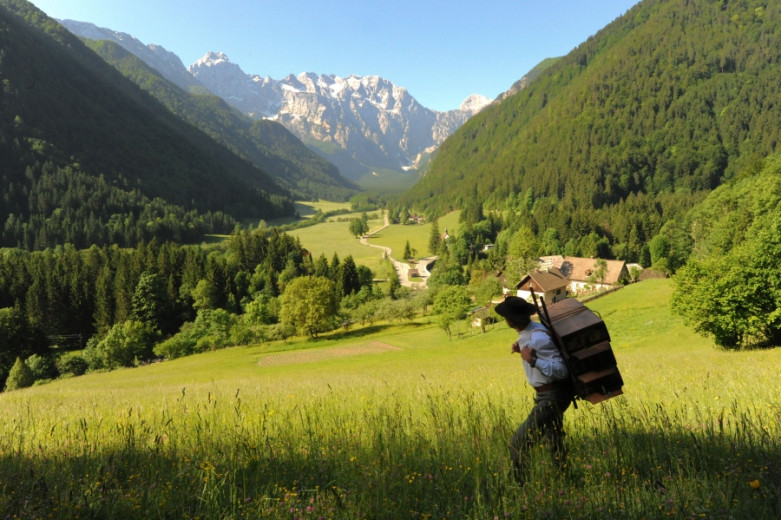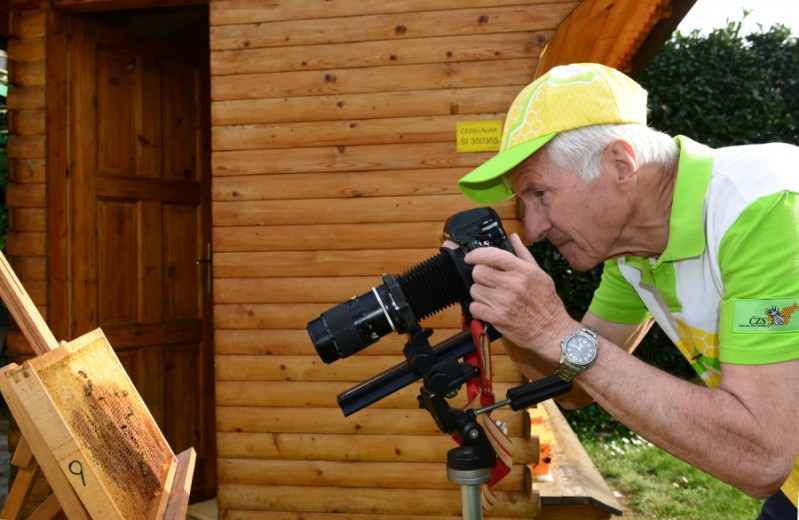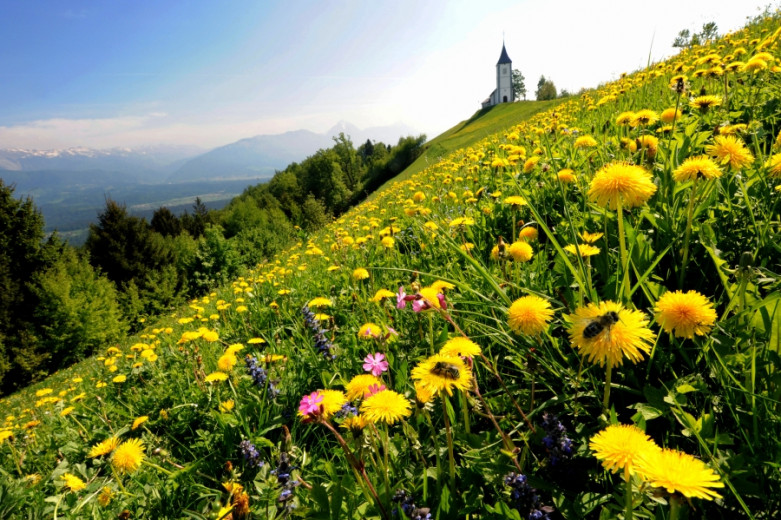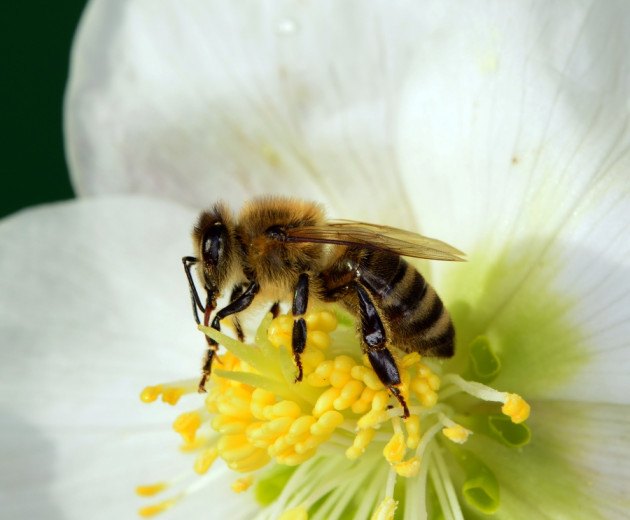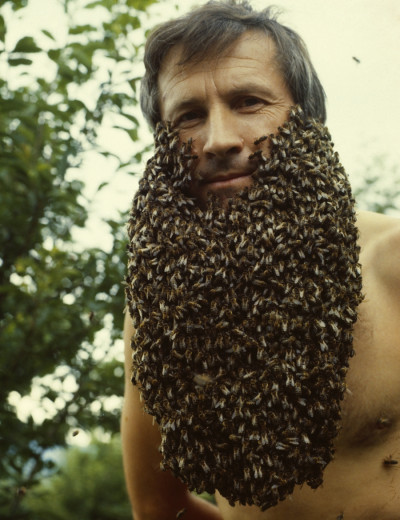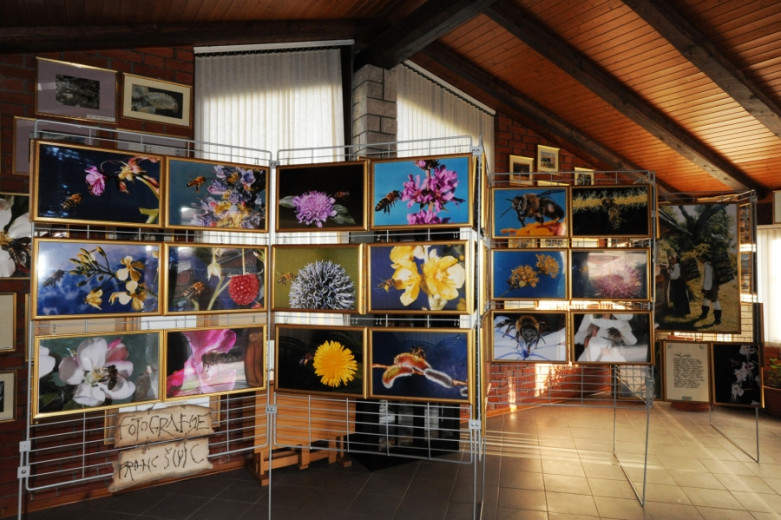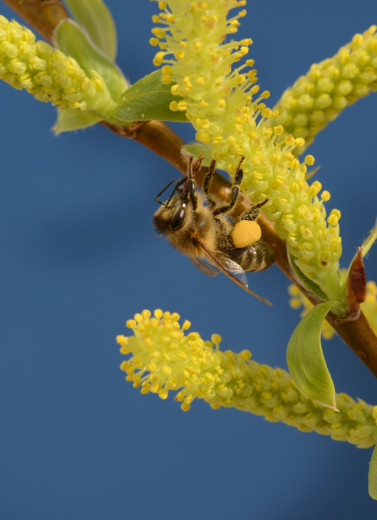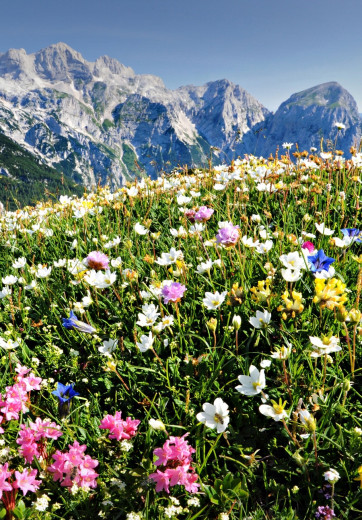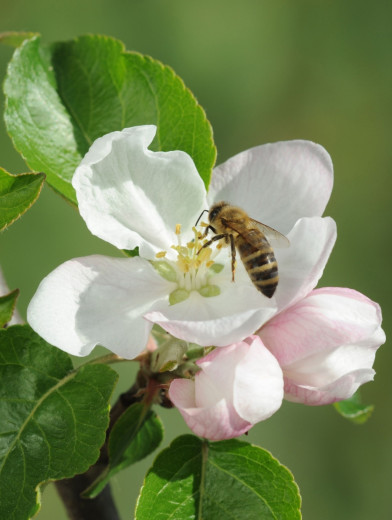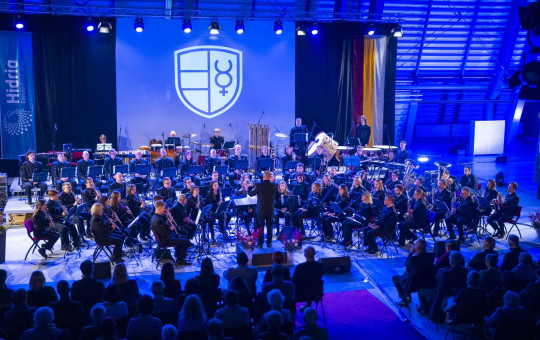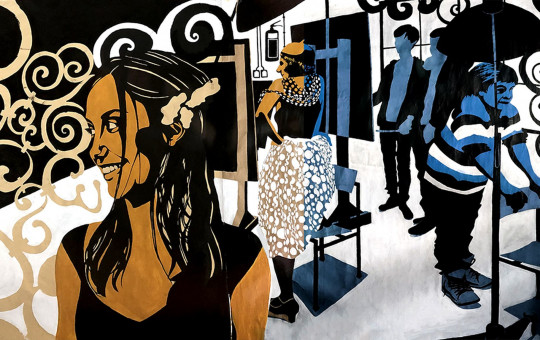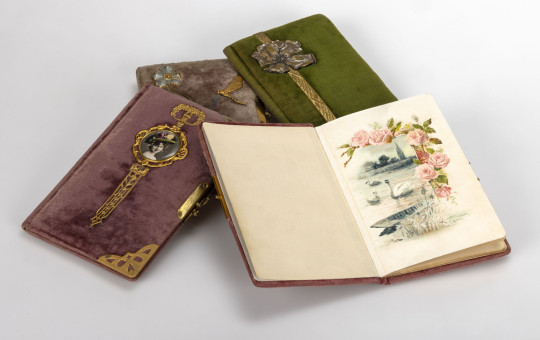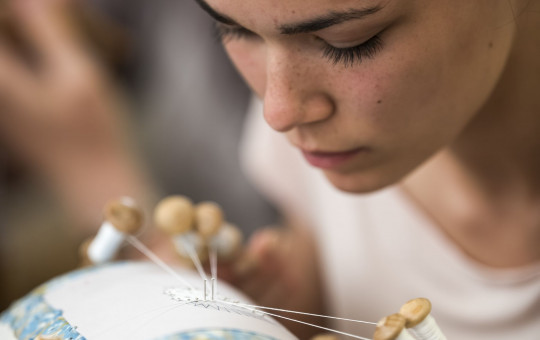Date: 12. May 2020
Time to read: 3 min
Just imagine the patience, the love of nature and bees, and the great enthusiasm for photography it takes to capture the perfect portrait of bees. It all adds up to an extraordinary documentary opus about the life of these important pollinators.
At first glance it may seem that bee photography is limited to only a very small number of beekeepers and nature lovers, but the reality is quite the opposite. It is true, however, that this type of photography is not very common, as it requires a variety of virtues and skills. It includes macro shots of bees in beehives or on blooming flowers, photos of honey plants and beekeepers at work, as well as landscape and panoramic images.
A story told through a beekeeper’s lens
One of the best-known bee photographers in Slovenia is Franci Šivic. As a university graduate in forestry, he is not only a passionate beekeeper but foremost a nature lover who knows how to capture stunning images of bees. He took an interest in photography when he was a child. While studying in Switzerland he bought his first camera and a book about the techniques of macro photography of small animals, plants and objects to get him started. He says that in a few months he made good progress in learning the principles of close-up photography. The knowledge he gained proved to be essential, and helped him win numerous awards around the world for his photos of bees and beekeeping.
“Photography comes second only to beekeeping on my list of interests. Over the years I focused my lens on beekeeping: bees on flowers, the biology of bees, Slovenian beehives, diseases and enemies of bees, the history of apiculture, breeding of queen bees, transport to pastures, the past and present habitats of bees, honey plants, the lives of important Slovenian beekeepers and so forth,” adds Šivic
He has met many interesting people, and has never stopped learning about photography and anything even remotely connected with bees. To get the perfect shot of a bee landing on a blossoming flower, he does not mind the cold or the heat. This, too, is part of his love for bees and photography. You often have to wait – wet, cold or sweaty – but in the end you are rewarded with an outstanding photo. Šivic has received many awards for his work. He is especially fond of the gold medal presented to him at the Apimondia congress in Montpellier, France, for his image of a blooming dandelion on the slope of Jamnik.
The photos taken by Šivic tell the stories of bees and his personal story as a beekeeper and nature enthusiast, but above all they are a testimony to his great dedication to these small creatures. He wants people to experience the largely unknown yet amazing world of bees.
"I am pleased to see that my photos are published not only in Slovenian but also foreign magazines and books, as this is also my contribution to the promotion of Slovenia around the globe. I consider such promotion to be of great importance.”
Furthermore, Šivic, in his work as a tourist guide focused on beekeeping, believes that Slovenian apiculture has considerable potential for the growth of this particular branch in tourism. “Beekeeping photography provides important teaching material for my lectures. For example in my PowerPoint presentations for beginner’s courses in Slovenia or my lectures in neighbouring countries, most frequently in Italy,” says Šivic.
He appreciates the fact that more and more beekeepers have taken up photography. This is also thanks to the popularity of digital photography, which made the hobby less costly. “I think that the number of young bee photographers will continue to rise, as they are increasingly more interested in taking photos of everything to do with bees.”

